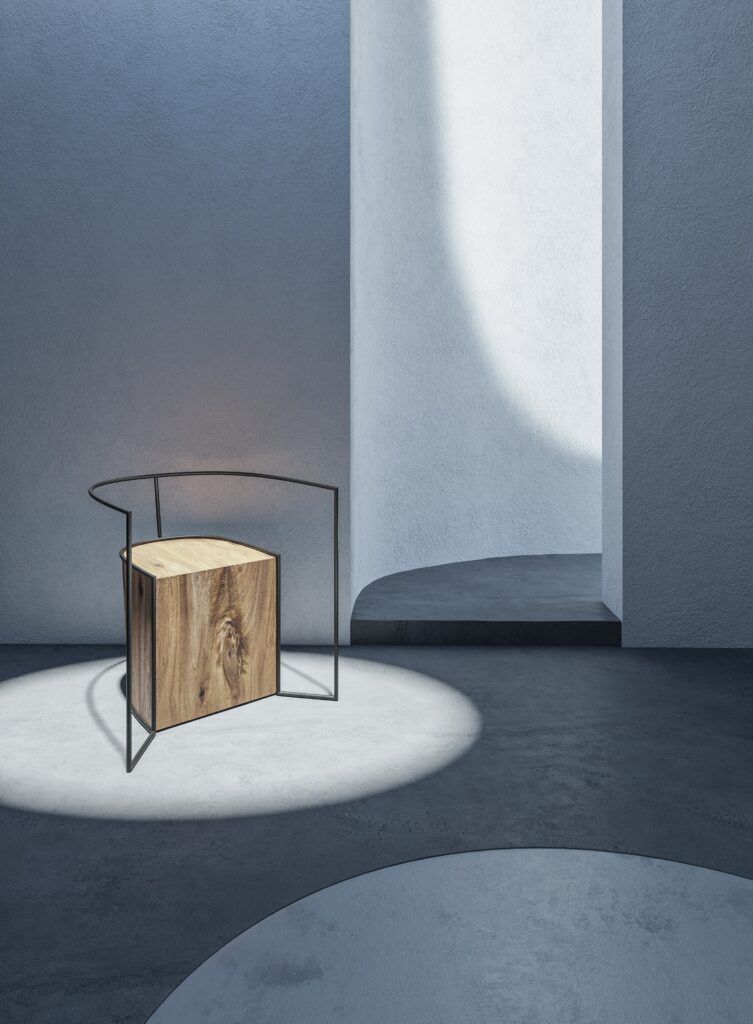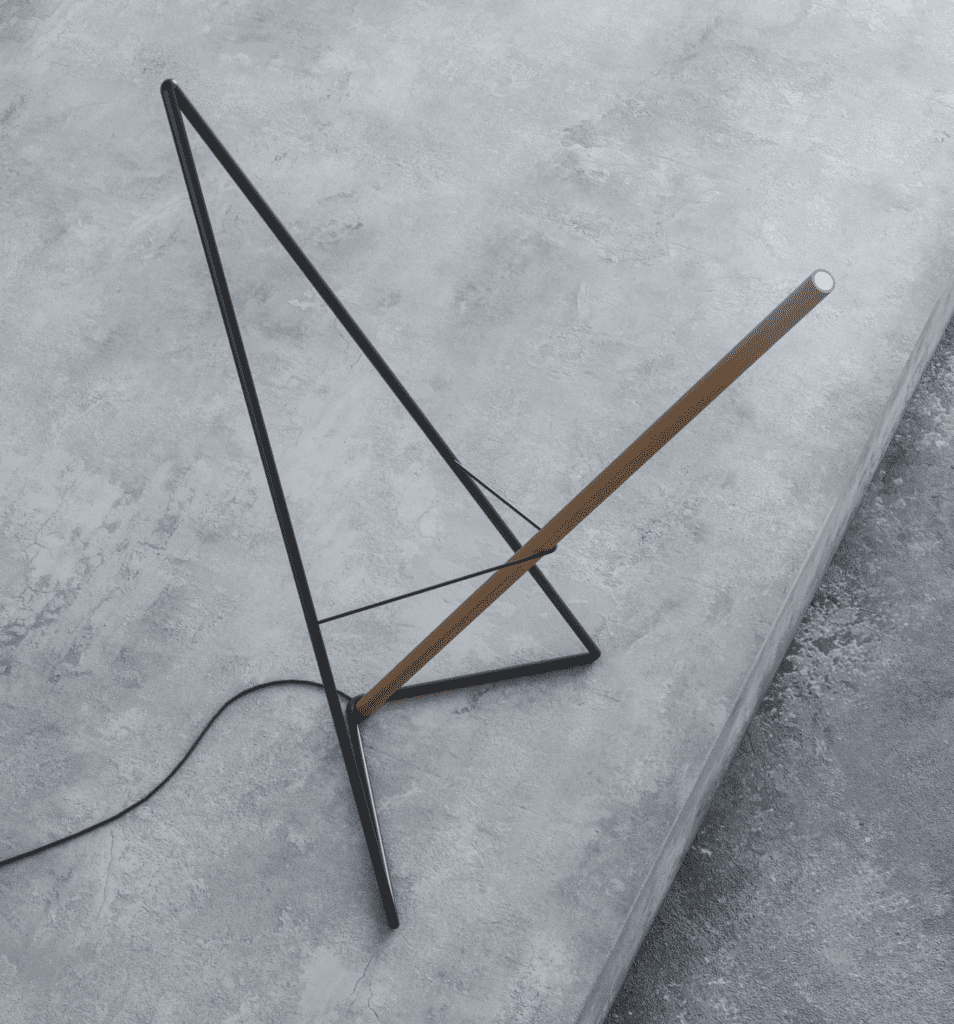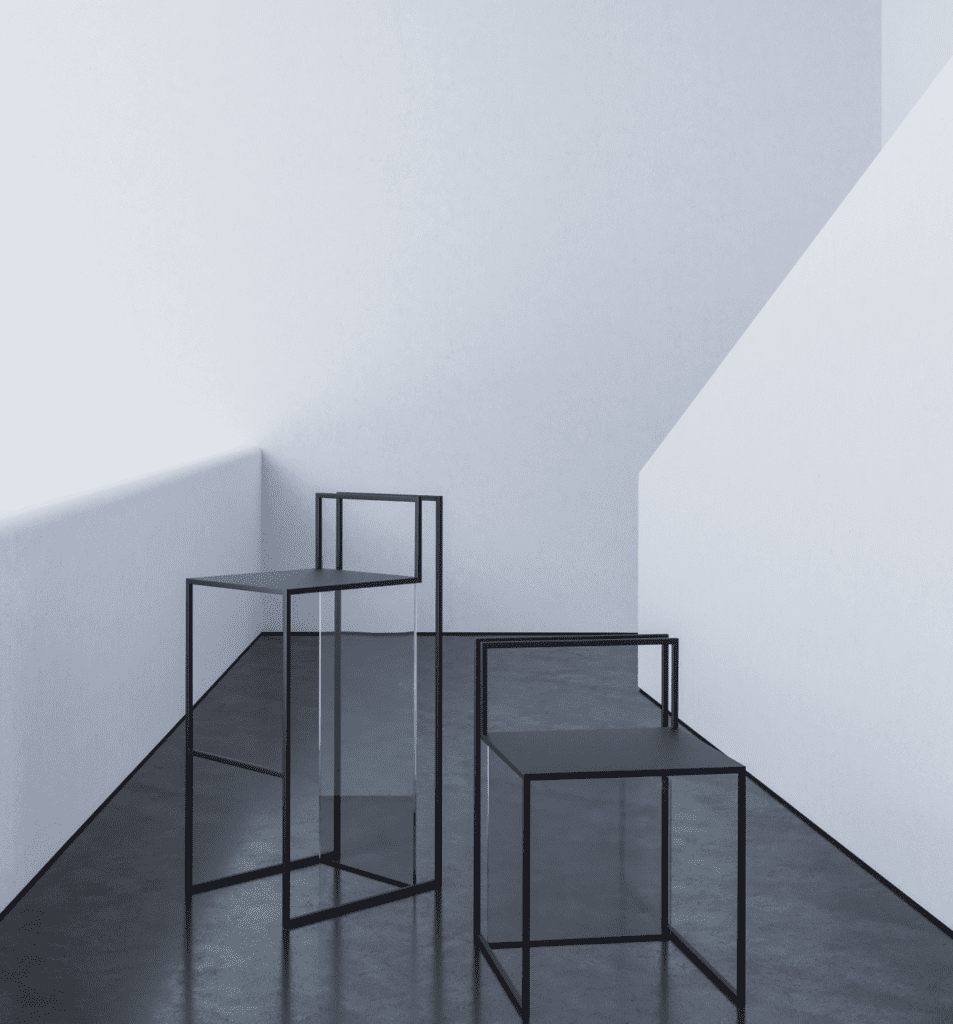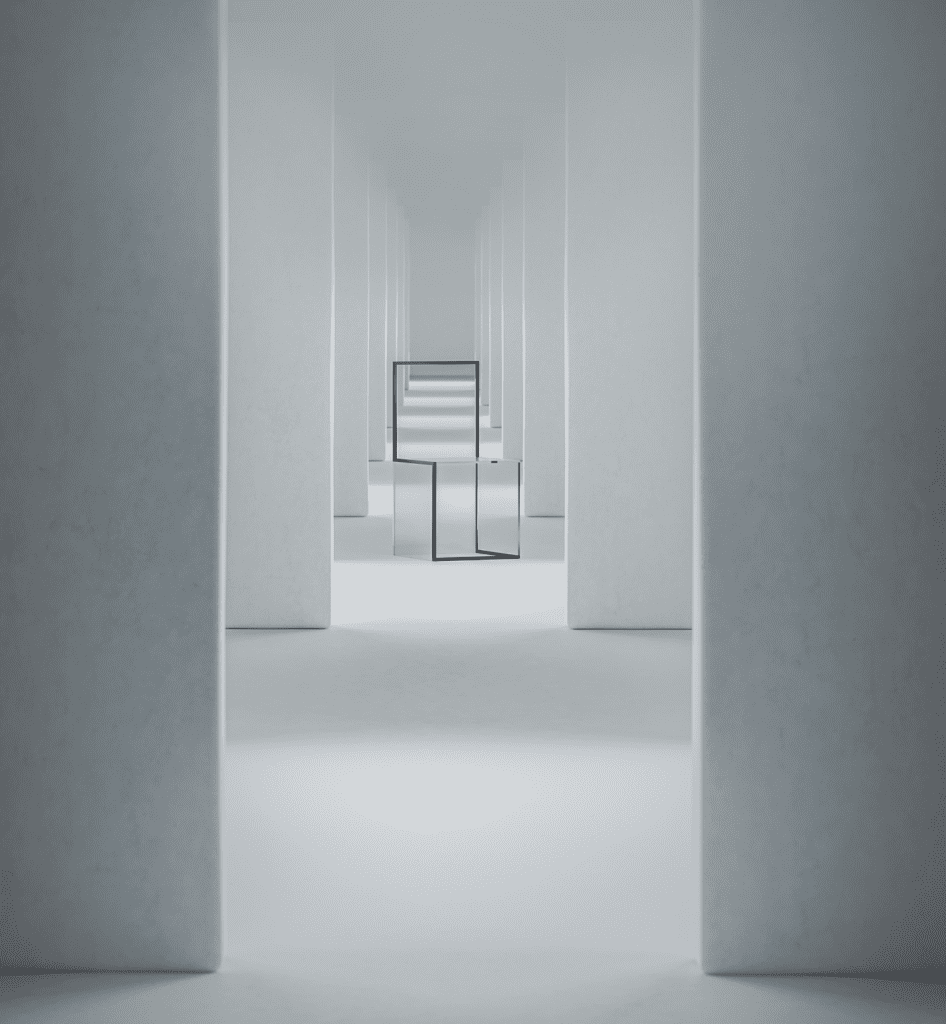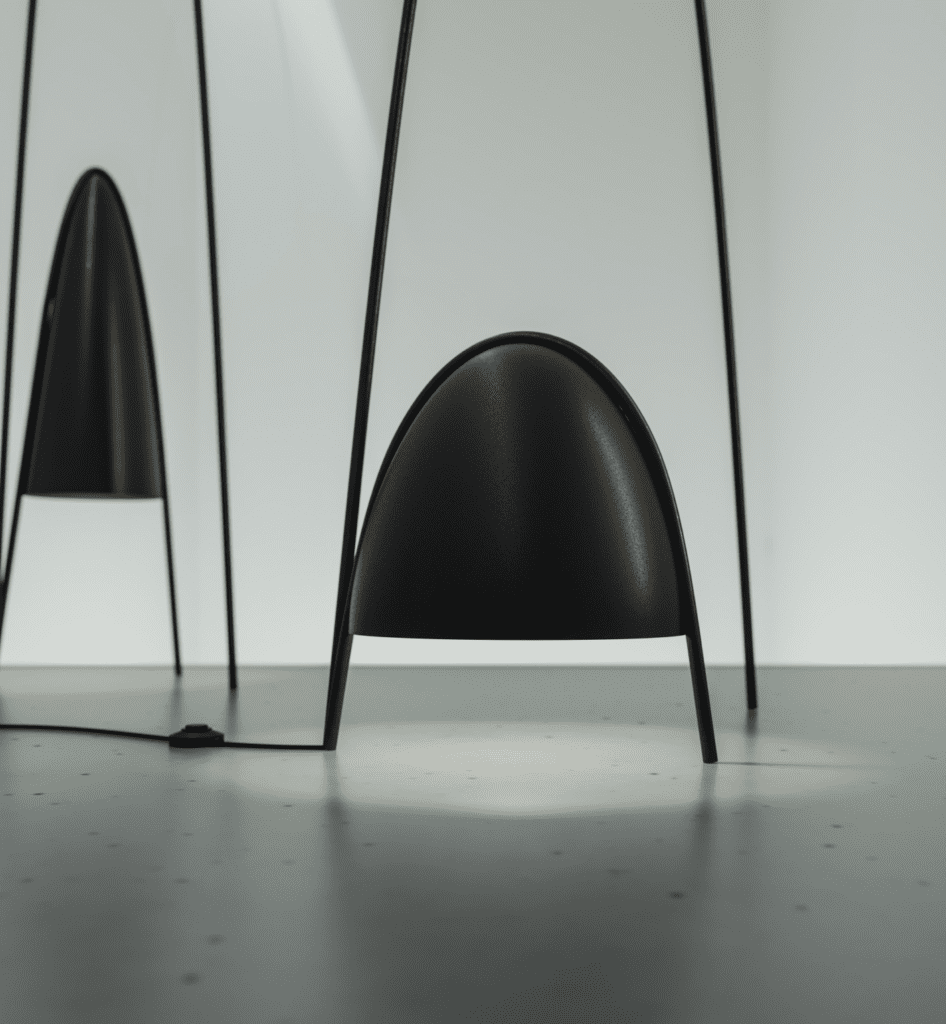In an increasingly digital world, the way furniture is designed, marketed and sold is undergoing a significant transformation. 3D furniture product rendering has emerged as a revolutionary tool, enabling businesses to showcase their products with stunning realism and efficiency. By creating lifelike digital representations of furniture, this technology is reshaping the industry, from design processes to customer experiences.
At its core, 3D furniture product rendering involves using advanced software to produce highly realistic images of furniture in a virtual environment.
These renderings replicate every detail, from the texture of wood grain to the way light reflects off metal or fabric. Unlike traditional photography, 3D rendering does not require physical prototypes or elaborate setups. Instead, designers and manufacturers can visualize their creations digitally, saving time and resources.
The role of 3D rendering in design and development.
For designers, 3D product rendering is an invaluable tool that streamlines the creative process. It allows for rapid prototyping, enabling them to experiment with shapes, materials and finishes without committing to costly physical models. This flexibility fosters innovation, as ideas can be tested and refined more efficiently. Moreover, changes to designs can be made in real time, providing a dynamic and iterative approach to product development.
The benefits of 3D furniture rendering extend far beyond the design studio. For customers, the technology offers a more immersive and interactive shopping experience. In e-commerce, for instance, 3D renders allow buyers to explore products from every angle, gaining a clear understanding of their dimensions, textures and features.
For manufacturers and retailers, 3D product rendering has become a game-changer in marketing. High-quality renderings can be used in advertisements, social media campaigns and product catalogs, presenting furniture in visually striking ways that capture attention.
Unlike traditional photography, 3D renders can be easily customized to show a product in different colors, materials or settings. This adaptability allows businesses to cater to diverse tastes and trends without incurring additional costs.
Beyond aesthetics, 3D rendering offers significant practical benefits. From an economic perspective, it eliminates the need for physical prototypes and extensive photo shoots, resulting in substantial cost savings. Changes to designs or product configurations can be made digitally, avoiding the expense of re-manufacturing.
From an environmental standpoint, 3D rendering promotes sustainability by reducing waste. The need for multiple prototypes is minimized and digital assets can be reused across marketing platforms, further lowering resource consumption.
3D furniture product rendering is more than just a design tool – it is a transformative force that is redefining how furniture is created, marketed and experienced. By offering unmatched realism, adaptability and efficiency, it bridges the gap between imagination and reality, empowering designers and customers alike.
In an era where visual storytelling is paramount, 3D rendering stands out as a powerful medium for communicating ideas and engaging audiences. Its impact on the furniture industry is undeniable, and as technology progresses, its role will only continue to grow, shaping the future of design and commerce.





